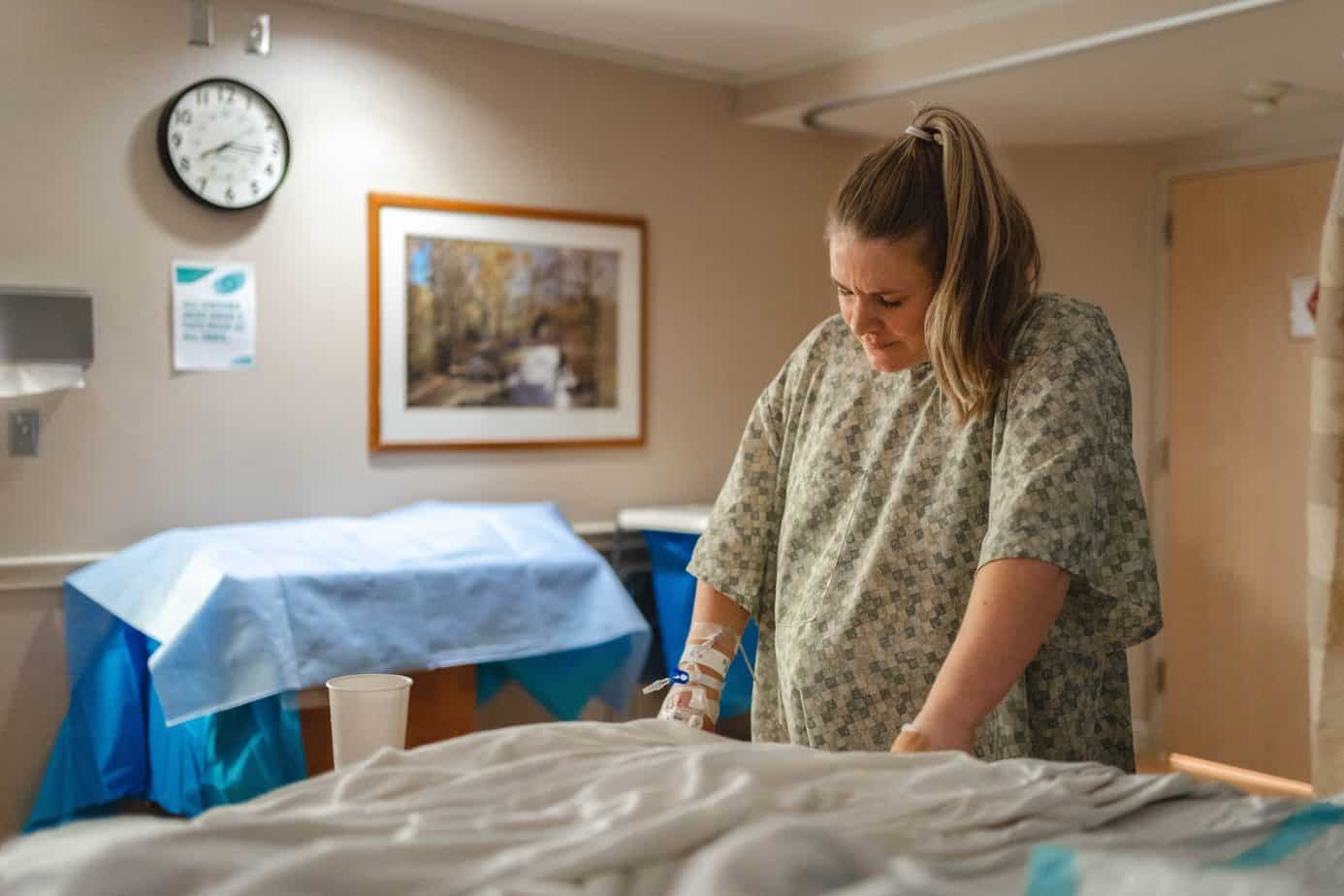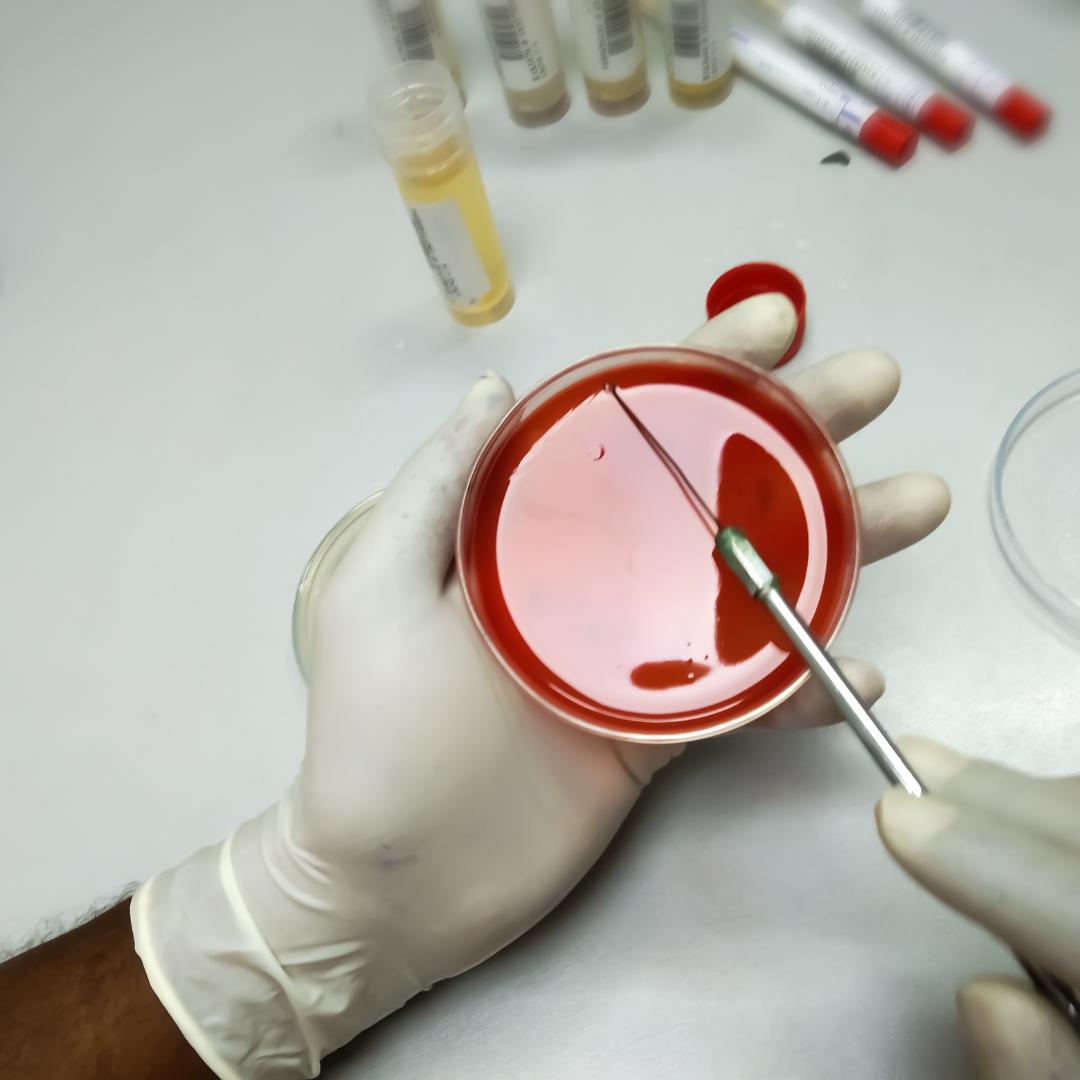Can Perineal Tears Be Prevented?

Even though women have been giving birth for centuries, it is often agreed upon that the process of vaginal delivery is incredible. To accomplish this, the pelvic floor muscles must stretch to over two and a half times their original length. This often takes a toll on a woman’s body leading to muscle tears.
Do the pelvic floor muscles heal naturally after tearing?
When minor, a first degree muscle tear or perineal tear, can in fact heal mostly on its own with little complications. Beyond that, your healthcare provider (doctor or midwife) may recommend stitches, to bring both sides of the muscle together. A third or fourth degree tear, where the tear extends into the anus and/or rectum usually requires surgical intervention to correct due to the extend of injury.
Risk Factors?
- tight pelvic floor muscles
- rapid labor (less time for the pelvic muscles to stretch)
- use of forceps or vacuum during delivery
- baby position (face up)
- large baby
- petite mother
- first delivery
- Asian ethnicity
What is an episiotomy?
An episiotomy is a surgical cut made at the opening of the vagina. A doctor may recommend it to help in delivery.
Does my body return to normal once a perineal tear heals?
Once the perineal muscles are stitched back together, scar tissue forms long the length of the tear. Unfortunately, this often adheres to underlying tissues and can lead to pelvic floor dysfunction.
These include:
- incontinence
- pain with intercourse (dyspareunia)
- constipation
- pelvic floor dyssynergia
- inability to coordinate the pelvic floor muscles and nerves to have a normal bowel movement
- incomplete emptying of bowel
- pelvic floor muscle tightness
- pelvic pain
Many healthcare providers advocate for postpartum physical therapy to improve pelvic muscle function to circumvent these issues.
Can a perineal tear be prevented?
There is no surefire method or treatment that 100% guarantees a tear will not occur. There are many preventative measures to mitigate the risk however.
Perineal Massage
Gentle perineal massage for five minutes a day can reduce pelvic floor muscle tightness. It also improves blood flow and promotes tissue elasticity. Speak to your healthcare provider (OB or midwife) about when it’s safe for you to start perineal massage. Once you’ve been cleared check out our blog on how to do it. Always consult with a pelvic health physical therapist to ensure the massage techniques are safe and appropriate for individual circumstances.
What about after childbirth?
Scar massage after childbirth is always a great idea to promote healing and reduce complications. Again, clearance from your physician is advised. By performing scar massage, new mothers can improve their chances of recovering from childbirth without any significant adverse effects on bladder, bowel, or sexual function.
The pelvic floor muscles play a vital role in vaginal delivery, and it’s essential to ensure they stretch adequately to avoid perineal tears and episiotomies. Through perineal massage during pregnancy and scar massage postpartum, women can actively protect their pelvic floor health, reducing the risk of complications and promoting a smoother recovery process.







